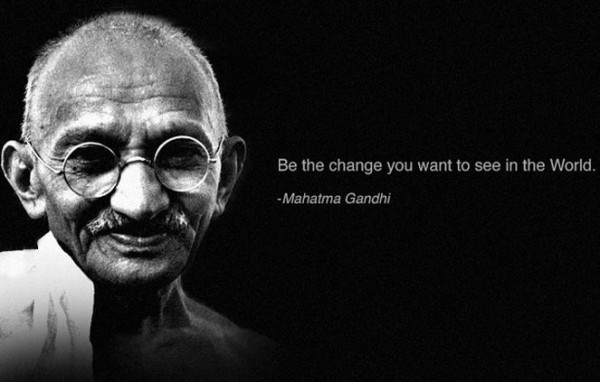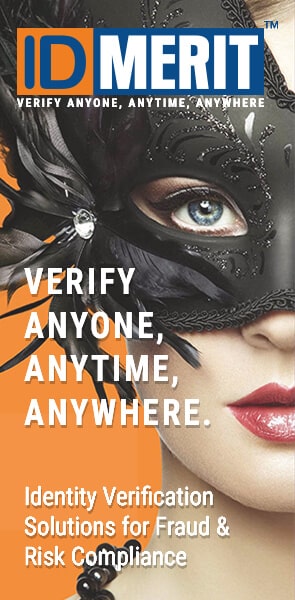As a leader or CEO, you can’t take on everybody’s problems. As a leader knowing how to resolve conflict in the workplace and conflict resolution are essential skills which one must master to create a harmonious and productive environment. Conflict can arise due to a variety of reasons, such as personality clashes, differences in opinions, competition, or misunderstandings. However, as a leader, it is your responsibility to handle conflict resolution in the workplace efficiently and professionally as possible.

In the swirl of information and interactions, conflict will bubble and flare up, driven by disagreements, personal grievances, or misunderstandings. But getting drawn in doesn’t help others manage the conflict nor does trying to figure out all the answers yourself.
So what can leaders do to manage conflict in the workplace? How can you help improve the situation and resolve conflict?
Ways to reduce conflict in the workplace
Dealing with conflict is a task many leaders struggle with or even avoid. But it’s possible to transform disagreement and discord into positive outcomes.
The first step is to reduce conflict in the first place. There are real costs to conflict incompetence. Try these behaviors.
Weight pros and cons
Try practicing reflective thinking for the particular conflict situation. Noting possible points you want to make before the conversation can help you focus on remaining open, listening actively without interrupting, or showing anger.
Calling a time out
Try delaying your response to let the situation calm. Delaying responding or calling a time-out does not mean avoiding or ignoring the conflict. It just means taking a break so that people are better able to listen to one another. During a time-out, replace stressful thoughts with calm, reassuring ones.
Flexibility
Adapting behavior by being flexible and trying to make the best out of the situation. Not every conflict can be solved in a totally satisfactory manner, but if one does conversation with an adaptable leadership approach and flexible mindset, it would be easier to make adjustments to prevent problems in the future.
How to Lead Through Conflict in the Workplace?
Sometimes, though, conflict in the workplace can’t be avoided. When that happens, you’ll need to show leadership through it.
Create environment
Start by creating an atmosphere of openness, constructive criticism, and problem solving. Try to
- Express your sincere desire to understand.
- Emphasize the need for working together to achieve a mutually satisfactory solution.
Express the conflict
Describe the conflict from your perspective as objectively, clearly, and specifically as you can. Choose words carefully, keeping them both courteous and professional. While many are uncomfortable talking about emotions in the workplace, it’s better to express emotions in a forthright, appropriate way rather than having pent-up emotions gush out. To appropriately address emotions:
- Express information in a way that casts no blame.
- Be sure that expressing emotions is helpful.
- Be specific.
Gain perspective.
It’s helpful to imagine what your colleagues are thinking and feeling. Set aside assumptions. Practice active listening and try to understand where the conflict is coming from. Acknowledge understanding by rephrasing, restating, or summarizing, and ask for examples to clarify the issues when you don’t.
Seek agreement
Identify potential points of mutual agreement and areas of disagreement. This is the first step in arriving at a solution.
Identify solutions
Identify possible solutions that help further everyone’s motives, goals, and agendas. Express alternative viewpoints in the form of a question. Most importantly, be willing to compromise. Remember, you’re looking for a reasonable solution, not a victory.
Develop an action plan
Establish a plan with specific actions that you’re both willing to take to implement the solution. Express your appreciation for everything the person contributed to the problem-solving session. Communicate your willingness to meet again to check on progress.
Conflict management and resolution are essential skills for any leader and team member. By recognizing potential conflicts, defusing them before they escalate, and dealing with them effectively when they arise, you can create a harmonious and productive workplace. To develop your conflict management and resolution skills, focus on improving your communication, active listening, and problem-solving abilities. You can become a skilled and accomplished conflict manager and leader with time and practice. Adopt a positive attitude toward the conflict, find the best in people and in the situation, and maintain your sense of humor. Absorbing these lessons will make you a leader who’s able to calmly resolve the conflict in workplace.






